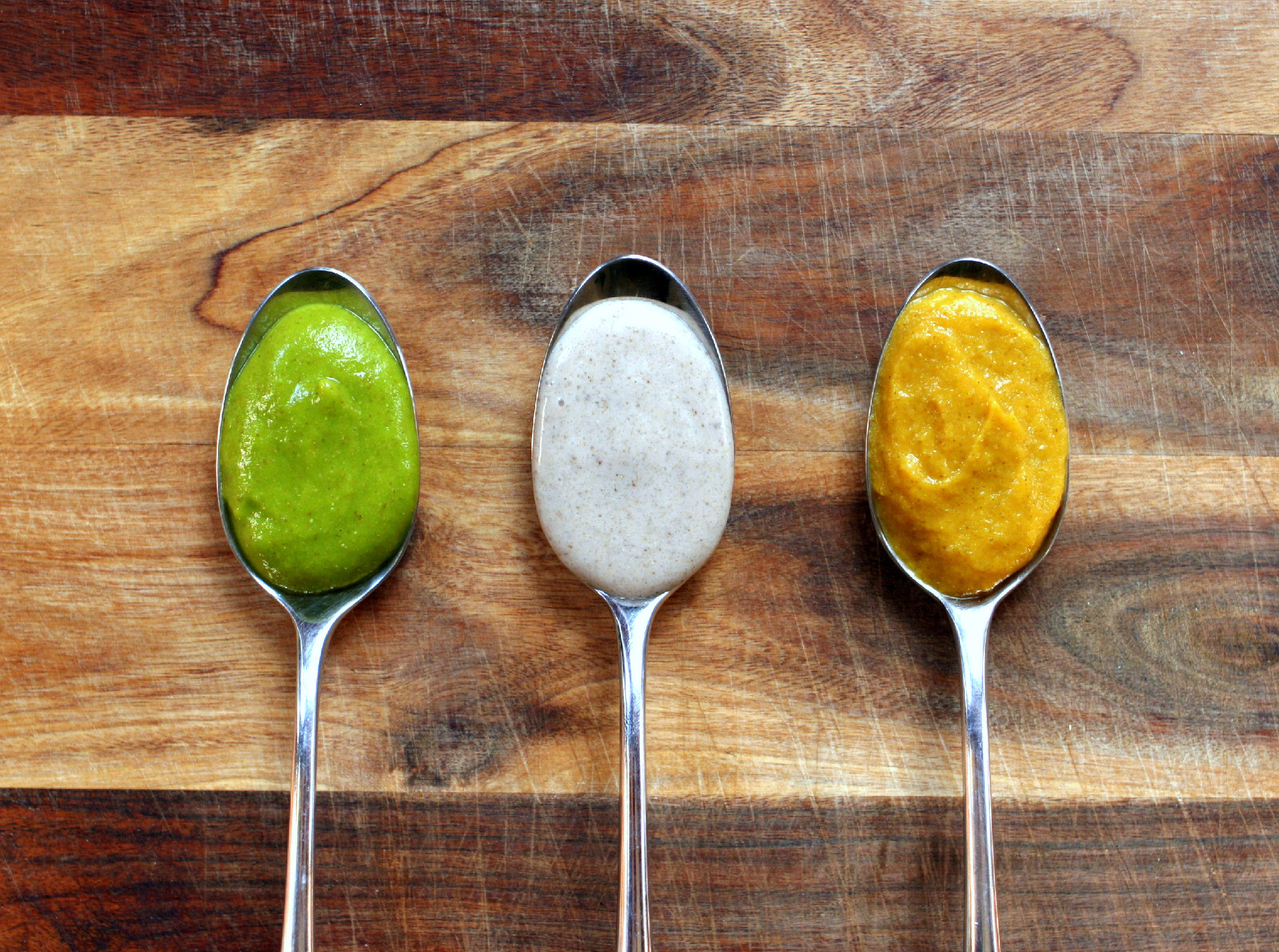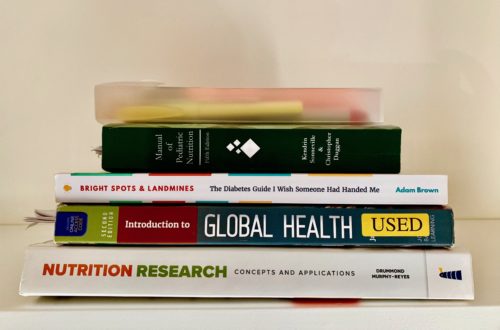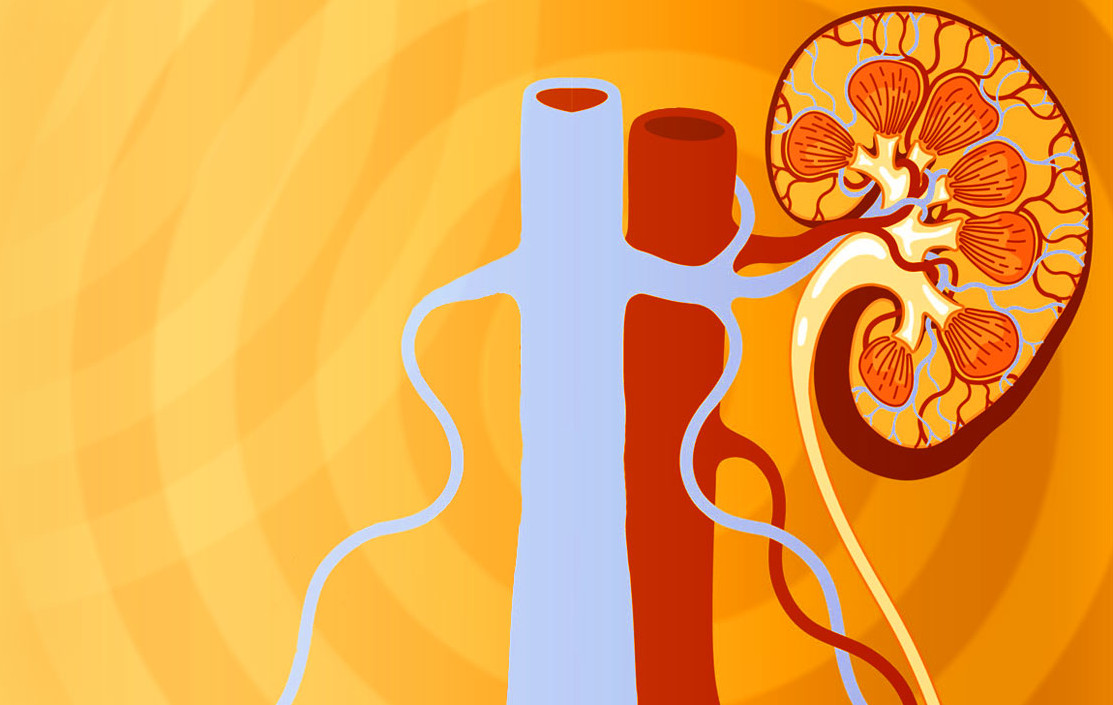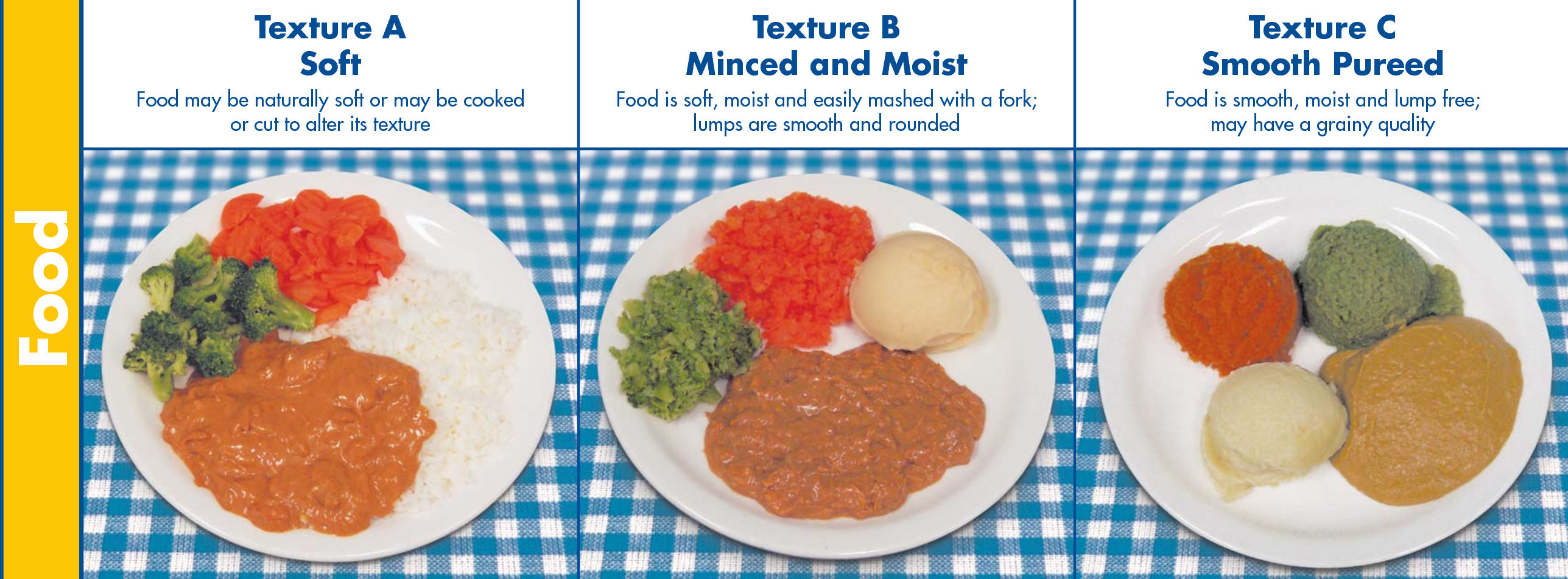
Week 3: Perfecting the Purée
We use many words to describe food texture—foods can be soft or hard, mushy or crunchy, or smooth or lumpy. Regardless, texture is important to the enjoyment and acceptability of foods.
In individuals with Dysphagia (difficulty swallowing), “normal” textured foods can be difficult to consume. Because 35-60 percent of longterm care residents have difficulty swallowing, it’s important to be able to prepare modified textures. The most common modified diet textures are “mechanical soft” and “puree.”
This week I was able to watch the Speech Language Pathologist (SLP) conduct a swallow evaluation on a resident with chronic pneumonia. The care team was concerned it was a result of aspiration. Aspiration occurs when you breathe your food into your lungs.
In a nutshell, swallowing occurs in 3 stages. First you put it in your mouth to chew and moisten. The food is formed into a bolus (a ball) and pushed to the back of the tongue. Then the body stops other functions, like breathing and chewing, closes off the Trachea (breathing tube) and pushes the bolus towards the esophagus (food tube). In the third stage, the muscles contract (called peristalsis) to push the bolus down the esophagus towards the stomach.
To make the perfect puree, you need two things: thickener and milk.
Start by pulsing the food in a processor (like a robot coupe) then add wet and dry as needed. Ultimately, your looking for something as smooth as pudding but can hold its shape on a flat plate. If you’re feeling fancy, you can even mold the foods back to their original shapes!
Until next week,
S
You May Also Like

Graduate School: My First Semester
January 10, 2019
Week 14: Renal Care and Dialysis
April 28, 2015



